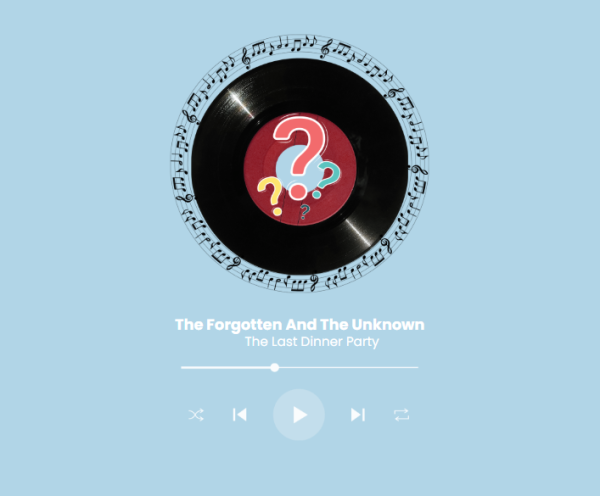Thanks, Food, and A Lot of Calories
Thanksgiving is full of thanks, delicious food, lots of calories and popped pant buttons. There are many ways that students can have a healthier Thanksgiving this year.
On the morning of Thanksgiving, students should eat breakfast. Many students avoid eating breakfast in order to save up their calories for the big meal. This typically causes people to stuff up on more, unhealthier food. Eating breakfast will cause students to eat less, thus consuming fewer calories. Kathleen M. Zelman of webmd.com quoted Connie Diekman, former president of the American Dietetic Association, as saying, “”Eating a nutritious meal with protein and fiber before you arrive takes the edge off your appetite and allows you to be more discriminating in your food and beverage choices.”
The host of the Thanksgiving dinner should use smaller plate sizes. By using 8 inch or 10 inch plate sizes versus 12 inch plates, it leaves less room for food causing smaller portion sizes. The smaller plate acts as an optical illusion. A larger plate with more white space on it causes your brain to automatically think there is less food. If the brain thinks the body is eating less, the more likely it’ll be to want a second serving thanks to its survival-mode instinct. By using a smaller plate, it leaves less space and tricks the brain into thinking it has consumed more. According to greatest.com, using a smaller plate will cause students to consume 22 percent fewer calories.
The dining atmosphere can also make a difference of how many calories guests consume. A study done by Cornell University showed that eating in dimmer lights can lead to eating an average of 175 less calories. The research was conducted in fast food restaurant where half the restaurant was normal, and the other half was similar to a fine dining experience. The lights were dimmed, table cloths were placed and smooth jazz was placed. Not only did guests consume less food, they said that the food tastes better.
Staying active can help students be healthier on Thanksgiving as well. Hosts can plan a game such as a family football or a walk. It would also be smart to plan a workout the day before Thanksgiving and the morning after.
Students can offer to bring food that is a healthier alternative. Stick to low fat and sugar products. Butter and other unhealthy ingredients should be cut out or reduced wherever possible. A stick of butter has 810 calories, and just a tablespoon of butter has 103 calories.
The best way for students to stay healthier on Thanksgiving is to have self control and to keep goals in mind. Students should know their limits, and stop eating when satisfied. Overindulging just means more unnecessary calories. If a student wants to be healthier on thanksgiving, they have to have the mindset. Students should know not to grab huge portions of food or to stack up on pumpkin pie. This year’s Thanksgiving doesn’t have to be an unhealthy one.
Your donation will support the student journalists of Salem High School - MI. Your contribution will allow us to purchase equipment and cover our annual website hosting costs.






